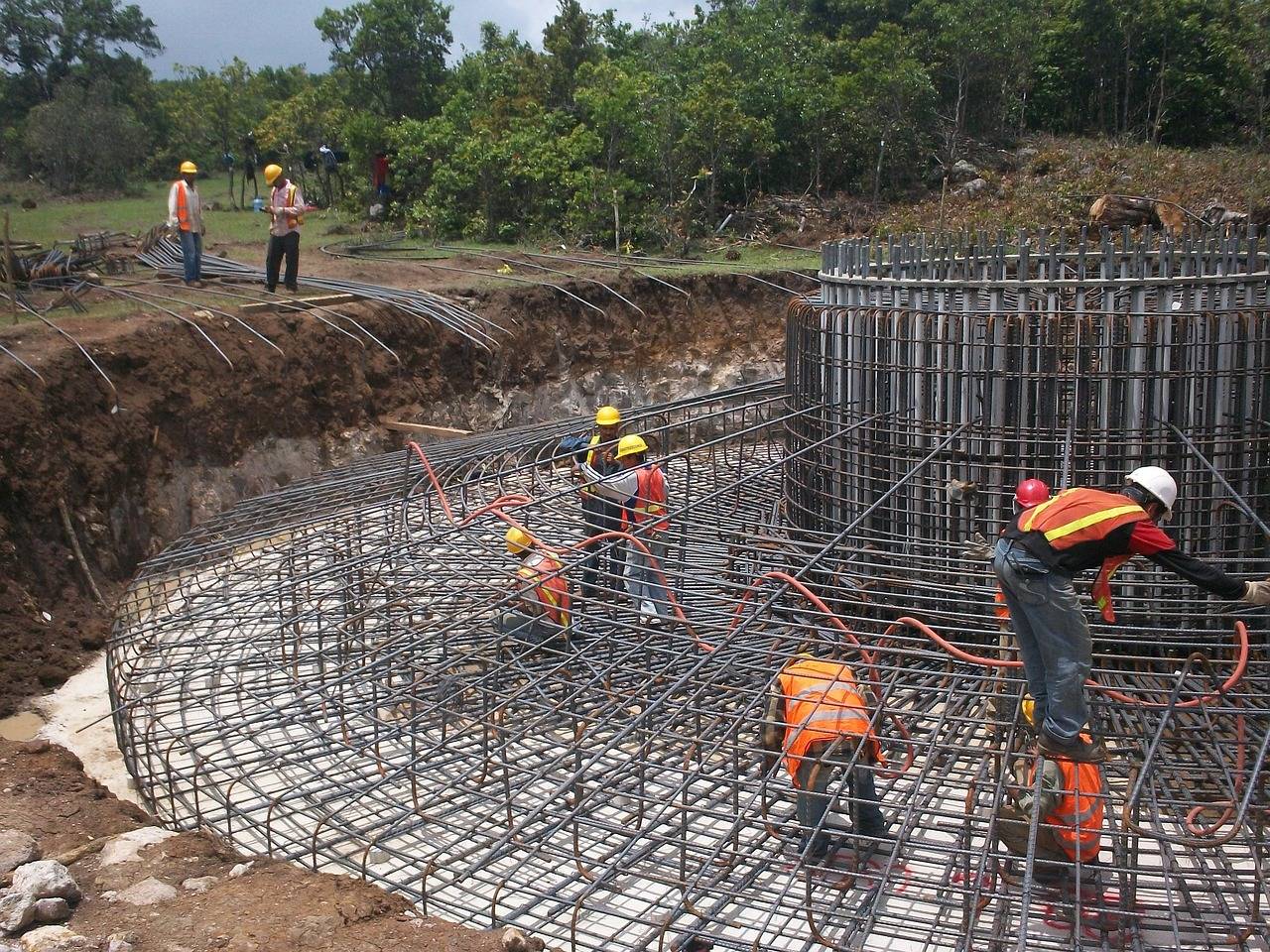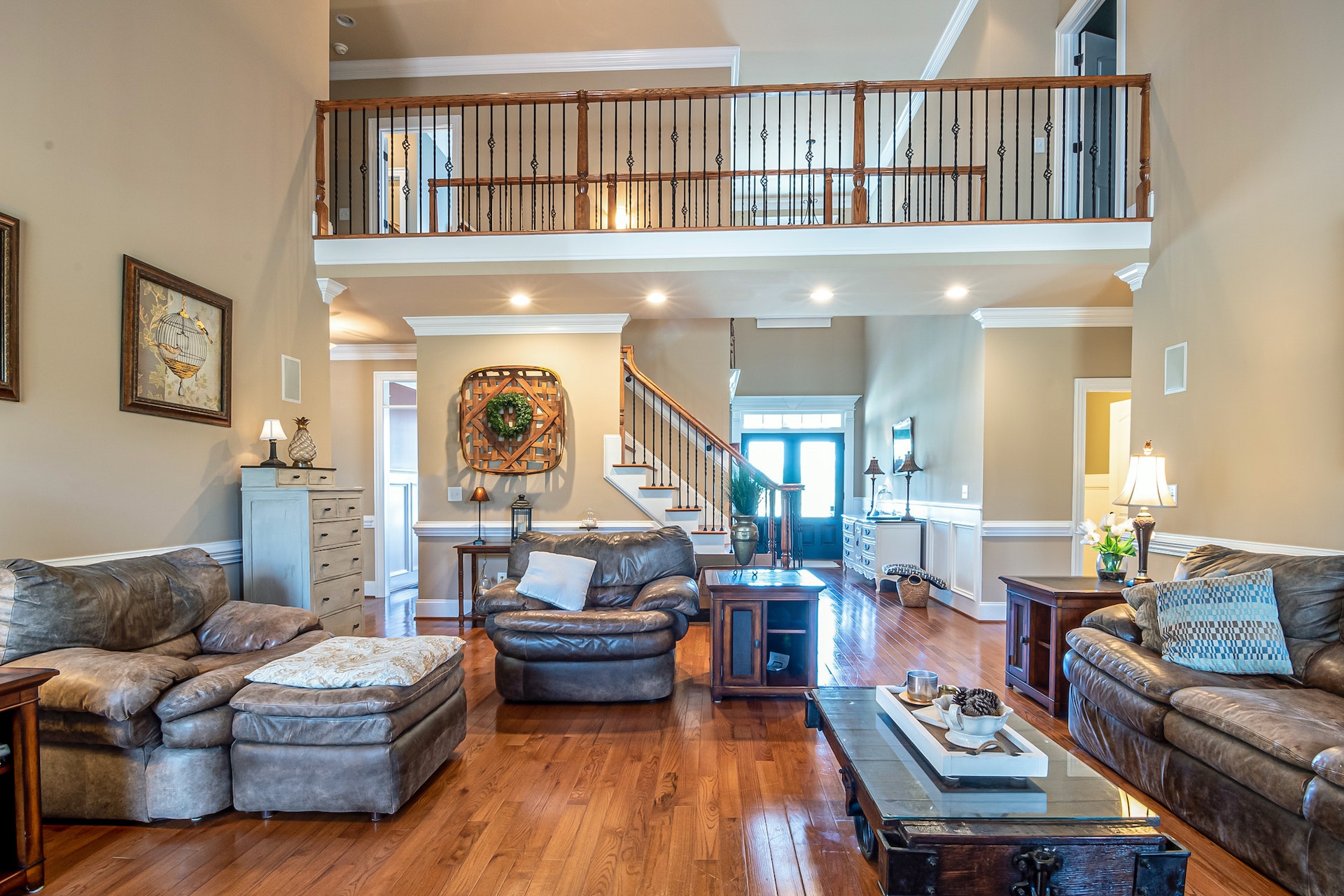The pitch of a roof is an important aspect of a building’s design, as it affects everything from its appearance to its ability to shed water and snow. If you’re considering a new roof for your home, it’s important to understand the different types of roof pitches available, including the 8 over 12 roof pitch (8/12 roof pitch). In this blog post, we’ll explore what an 8/12 roof pitch is, why it’s important, and what you should consider when choosing the right pitch for your home. Whether you are a homeowner or a building professional, this article will provide valuable insight into one of the most important decisions you will make for your property.
What is an 8 on 12 Roof Pitch (8/12 Roof Pitch)?
An 8-on-12 roof pitch, also known as an 8/12 roof pitch, refers to the slope or incline of a roof. In roofing terms, the pitch is expressed as a ratio of the rise (height) to the run (horizontal distance). In this case, the roof rises 8 inches for every 12 inches of horizontal distance.
Why is the Pitch of a Roof Important?
The pitch of a roof affects many aspects of a building, including its appearance, drainage and the types of materials used. A steeper pitch, such as 8/12, is beneficial for shedding water and snow more effectively, making it a popular choice for areas with heavy rainfall or snowfall. Furthermore, a steep pitch can add to a building’s architectural style and give it a more dramatic appearance.
Materials for an 8/12 Roof Pitch
The steeper the pitch of a roof, the more demanding it is on the materials used. An 8/12 roof pitch requires durable materials that can withstand the added weight and exposure to the elements. Some popular material options for this type of roof include asphalt shingles, metal roofing, and cedar shake.
Roof Pitch Multiplier Chart
Here is a chart of the most common roof pitch multipliers:
| Roof Pitch | Rise (Inches) | Run (Inches) | Multiplier |
|---|---|---|---|
| 2/12 | 2 | 12 | 1/6 |
| 4/12 | 4 | 12 | 1/3 |
| 6/12 | 6 | 12 | 1/2 |
| 8/12 | 8 | 12 | 2/3 |
| 10/12 | 10 | 12 | 5/6 |
| 12/12 | 12 | 12 | 1 |
This chart provides the rise (height) and run (horizontal distance) for common roof pitches, as well as the multiplier, which can be used to calculate the length of roof rafters. The multiplier is expressed as a fraction, with the rise being the numerator and the run being the denominator. To use the chart, simply select the roof pitch you’re interested in and use the multiplier to calculate the length of your roof rafters.
Roof Angle Chart
Here is a chart that shows the angles and pitch ratios for common roof pitches:
| Roof Pitch | Rise (Inches) | Run (Inches) | Angle (Degrees) |
|---|---|---|---|
| 0/12 | 0 | 12 | 0 |
| 1/12 | 1 | 12 | 4.76 |
| 2/12 | 2 | 12 | 9.46 |
| 3/12 | 3 | 12 | 14.04 |
| 4/12 | 4 | 12 | 18.43 |
| 5/12 | 5 | 12 | 22.62 |
| 6/12 | 6 | 12 | 26.57 |
| 7/12 | 7 | 12 | 30.26 |
| 8/12 | 8 | 12 | 33.69 |
| 9/12 | 9 | 12 | 36.37 |
| 10/12 | 10 | 12 | 39.81 |
| 11/12 | 11 | 12 | 42.51 |
| 12/12 | 12 | 12 | 45.0 |
Difference between pitch and slope
Pitch and slope are two terms used to describe the incline or angle of a roof. However, they are often used interchangeably, which can lead to confusion. Here is the difference between the two:
Pitch is a term used in roofing to describe the slope of a roof as a ratio of the height (rise) to the horizontal distance (run). For example, an 8/12 roof pitch means that the roof rises 8 inches for every 12 inches of horizontal distance.
Slope, on the other hand, is a term used in mathematics and engineering to describe the angle of a line or surface relative to a horizontal plane. In roofing, slope is often expressed as a percentage, with the rise being the numerator and the run being the denominator. For example, an 8/12 roof pitch is equivalent to a slope of 43.3%.
In conclusion, while pitch and slope are related concepts, they describe the incline of a roof in different ways. Pitch is expressed as a ratio, while slope is expressed as a percentage or angle. Understanding the difference between the two can help you make informed decisions when designing or repairing your roof.




Great article! As someone who is not very familiar with construction terminology, I found your explanations and diagrams very helpful in understanding what an 8/12 roof pitch is and how it affects the design of a building. It's interesting to learn how roof pitch can impact not only the aesthetic of a building but also its functionality, such as how it sheds water and snow. Thank you for sharing your knowledge on this topic!